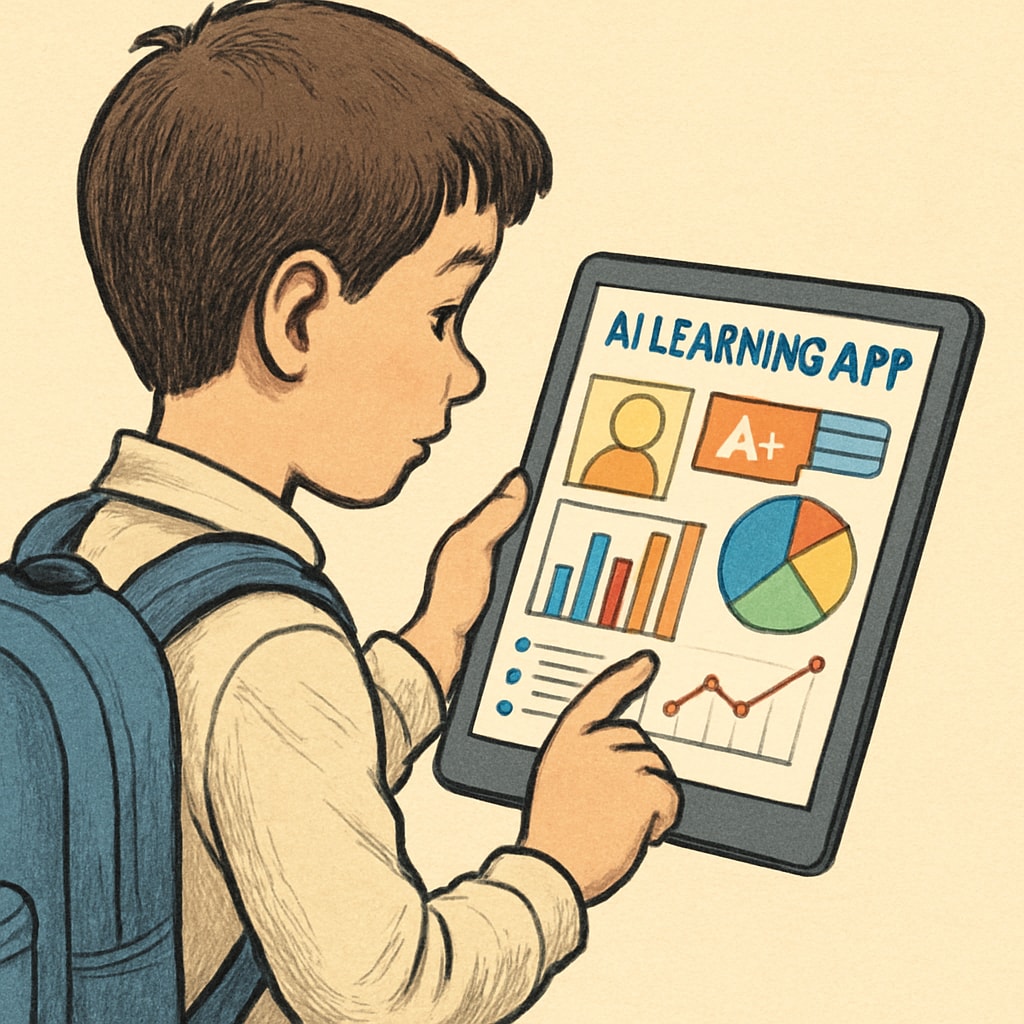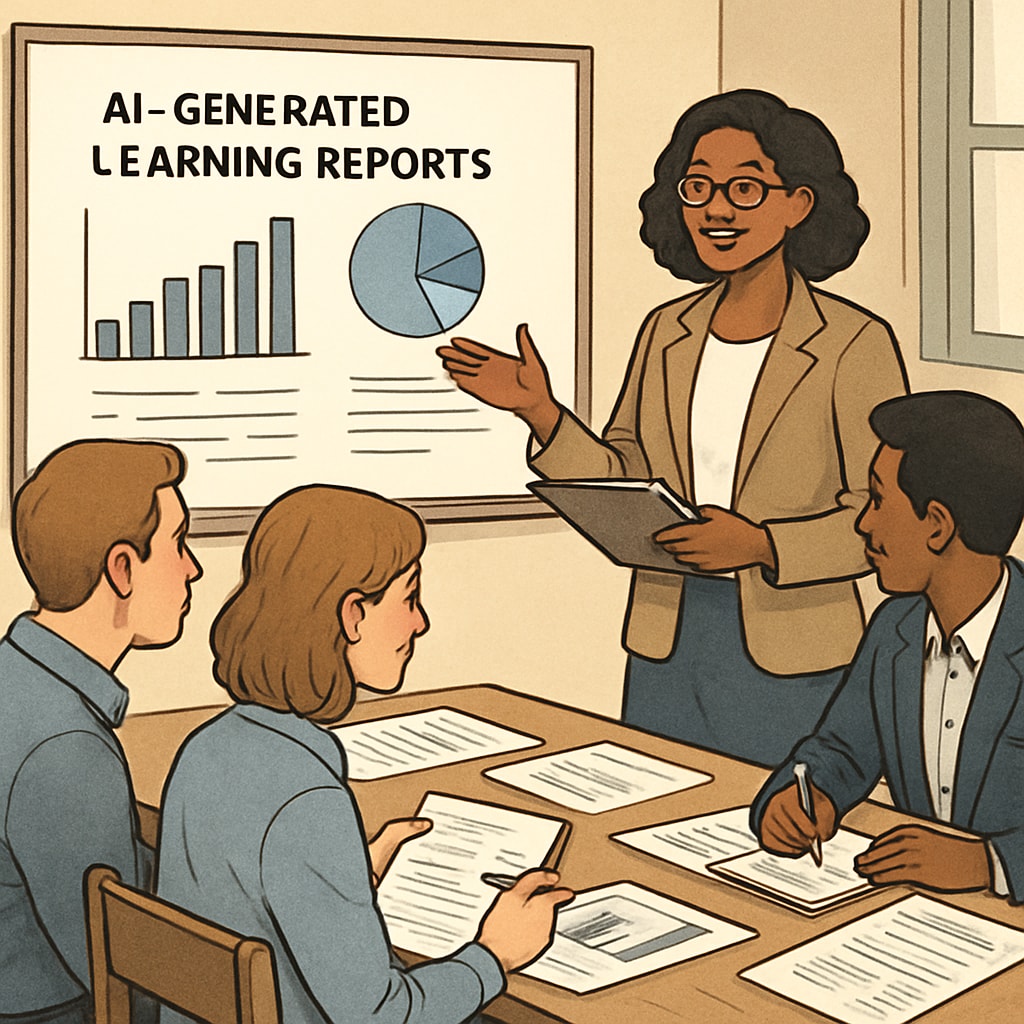Productivity applications with AI feedback and deep work tracking capabilities are revolutionizing K12 education by creating personalized learning experiences. These intelligent tools combine advanced algorithms with educational psychology principles to help students develop crucial self-regulation skills while providing teachers with actionable insights. According to educational technology research, such systems can improve learning outcomes by 30-40% compared to traditional methods.

The Science Behind Intelligent Learning Assistants
Modern educational tools leverage several key technological advancements:
- Adaptive learning algorithms that adjust content difficulty based on performance
- Natural language processing for instant feedback on written assignments
- Attention tracking using eye-movement and interaction patterns
- Predictive analytics to identify potential learning gaps
As noted by AI experts, these systems don’t replace teachers but rather amplify their effectiveness by handling routine tasks and providing detailed student analytics.
Implementation Strategies for Schools
Successful integration of smart learning tools requires careful planning:
- Start with pilot programs in specific subject areas
- Provide adequate teacher training on interpreting AI-generated data
- Establish clear protocols for data privacy and security
- Gradually expand usage based on demonstrated benefits

Educational institutions that have adopted these technologies report significant improvements in both student engagement and teacher efficiency. For example, one district saw a 25% reduction in grading time while achieving better quality feedback through automated assessment tools.
Future developments in this field include emotion recognition to detect student frustration and augmented reality interfaces for immersive learning experiences. As these technologies mature, they promise to make quality education more accessible and effective for all learners.


